We use them every day with little thought, but have you ever wondered who invented washing machine or who discovered washing machine? In this blog post, we’ll take a look at the history of washing machines and explore how they became such an integral part of our households today!
The underrated washing machine is one of the most important inventions of the modern era. This humble appliance has revolutionized how we take care of the laundry, making it easier and faster way for washing clothes. But how did the washing machine come to be?
From the mid-1800s, when the first (semblance) washing machines were invented, to the modern day with technological advances, the washing machine has undergone a fascinating journey. It is now an essential part of most households around the world.
So, if you are interested in learning more about the history of the washing machine and how it has changed over the years, then keep reading!
Table of Contents
The Beginning
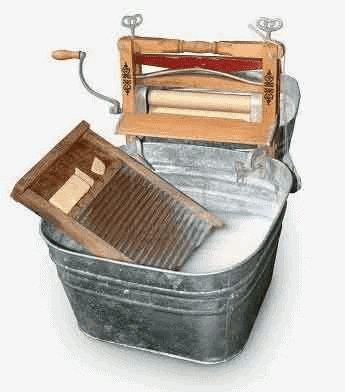
Most people think of laundry day as a modern convenience. But the truth is, the washing machine has been around for centuries. The first washing machine was invented in the year 1797 by Nathaniel Briggs. It was a large, wooden machine powered by a hand crank.
It wasn’t until the early 1900s that the first electric washing machine was invented. The design was based on a machine used to wash clothes in laundry shops. This new machine was much smaller and more convenient for use in the home.
Today, washing machines have come a long way. They come in all shapes and sizes, and your smartphone can even control them. But one thing remains the same – they are still a big help on laundry day.
Who Invented The Washing Machine As We Know It?
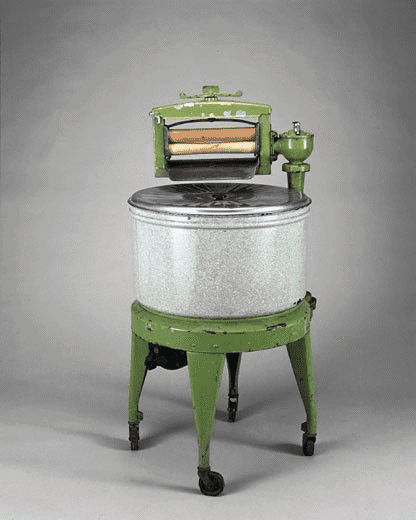
Invented in 1901 by Alva J. Fisher of the Hurley Machine Company of Chicago, the washing machine, as known today, is a descendant of James W. Tubbs’ washing machine patents of the years 1857 and 1858. Fisher’s machine was electric operated and could wash and rinse up to nine pounds of laundry in twenty minutes. It was marketed to consumers as the Thor and was the first washing machine sold commercially in the United States.
While Fisher is credited as the inventor of the modern washing machine, it is worth noting that Louis Goldenberg invented the first washing machine in 1858. However, Goldenberg’s machine was not electric and was not marketed to consumers.
When Was the First Washing Machine Invented and Where?
The washing machine was invented in 1901 by an American named Alva J. Fisher. However, the first washing machine was not mass-produced until 1910. The first washing machine was called the Thor and was made by the Hurley Machine Company, in Chicago.
The History of Washing Machines in India
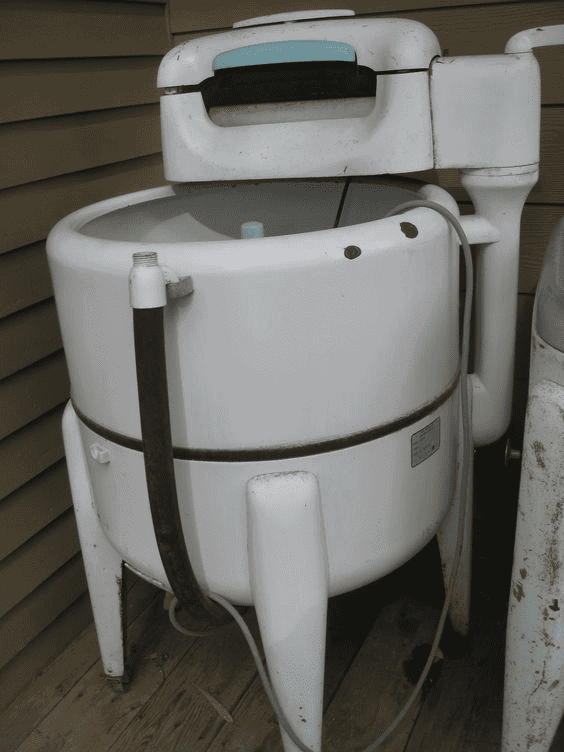
The history of washing machines in India can be traced back to the 1950s when Balay, a Spanish appliance manufacturer, launched a model that allowed 2.5 kilos of cloth to be washed at once. It was outfitted with a turbine and an engine that rotated clothing, water, and soap in only one direction. The unclean water must be emptied and replaced to lighten the garments.
This was remedied by a subsequent model, which could already dump the water on its own.
This was a major breakthrough for the Indian market as it allowed people to wash larger loads of laundry more quickly and efficiently.
Over the next few decades, other companies such as Videocon, Panasonic, BPL, and LG began entering the Indian market with their own range of washing machines. Prices gradually decreased as competition increased, making these appliances more affordable for the average Indian consumer.
Today, there is a wide variety of washing machines available in India, from small-budget models to high-end appliances that come with all the bells and whistles. Whatever your needs may be, there is sure to be a washing machine that fits your requirements perfectly.
First-Generation Super-Automatic Washing Machines
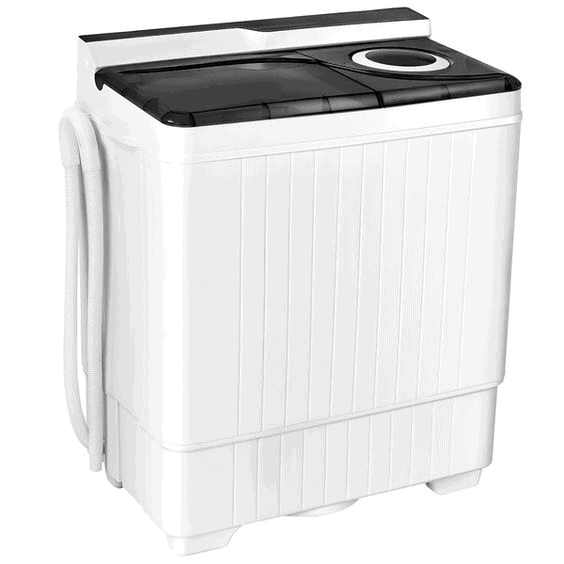
In 1966, Balay released the T-500 super-automatic machine. This was the first machine of its kind to be sold in India, and it quickly became popular among Indian consumers. The T-500 was a ground-breaking machine that offered many features and benefits that had never been seen before in India.
The T-500 model from Balay revolutionized laundry processes by finishing the whole washing cycle. This novel approach necessitated specialized training for personnel of the Official Technical Service.
Furthermore, as a result of the popularity of this model, Balay has grown to become one of Asia’s largest producers of automatic washing machines, as well as the market leader in India. The development of this machine also resulted in a shift in the manufacturing of detergents. Manufacturers began looking for new solutions and producing biological detergents that cleaned some stains more efficiently in response to this new breakthrough. This manifested in the form of pre-soaking the clothes in detergent to get a better result.
The Washing Machine Market Right Now
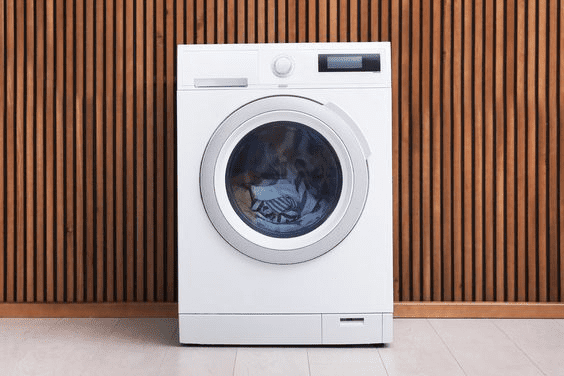
Nowadays, washing machines have become an integral part of every household. This is because they save time and energy while cleaning clothes. In India, the washing machine market is growing at a fast pace due to the increasing purchasing power of consumers and the modernization of lifestyles.
There are three main types of washing machines currently available in India: front-loaders, top-loaders, and semi-automatic machines. Each type has its own set of pros and cons, so it is important to understand what each one offers before making a purchase decision.
- Front-Loaders: Front-loading washing machines are slowly gaining popularity in India thanks to their superior performance and energy efficiency. They typically come with a higher price tag than other types of machines, but many people feel that they are worth the investment. Some key features to look for include automatic water level detection, child lock mode, and a delayed start timer.
- Top-Loaders: Top-loading washing machines were once the most popular type in India, but they have been largely replaced by front-loaders in recent years. They tend to be less expensive than front loaders but offer fewer features. Some common problems with top loaders include poor wash quality and limited water intake.
- Semi-Automatic Machines: Semi-automatic washing machines are a good option for those who want the convenience of a fully automatic machine but don’t want to spend too much money. These machines require manual loading and unloading of clothes, but they do all the rest of the work (washing, rinsing, spinning).
Most people prefer to buy automatic washing machines, as they are easy to use and require less labor. However, there are some people who still prefer semi-automatic machines due to their lower price tags.
The future of the Indian washing machine market looks bright as more and more people shift towards using automated machines over manual ones.
Also Read
- Washing Machine Buying Guide: How to Choose the Best One for You
- IFB Washing Machine Error Code Meaning & Troubleshooting
Conclusion
The washing machine has come a long way since its invention over a hundred years ago. Today, there are a variety of washing machines available to meet different needs. The washing machine has undergone many changes over the years, and it is fascinating to see how it has evolved. If you have any further questions, feel free to contact us.
FAQs
When was the first washing machine invented?
The first washing machine was invented in 1908.
Who invented washing machine?
Alva J. Fisher invented the first washing machine.
When was the first semi-automatic washing machine invented?
The first washing machine in India was invented in 1966.
What are the different types of washing machines available?
There are three types of washing machines available are:
● Front Load
● Top Load
● Semi-Automatic
To know more about these types of machines, please refer to the blog provided above.





